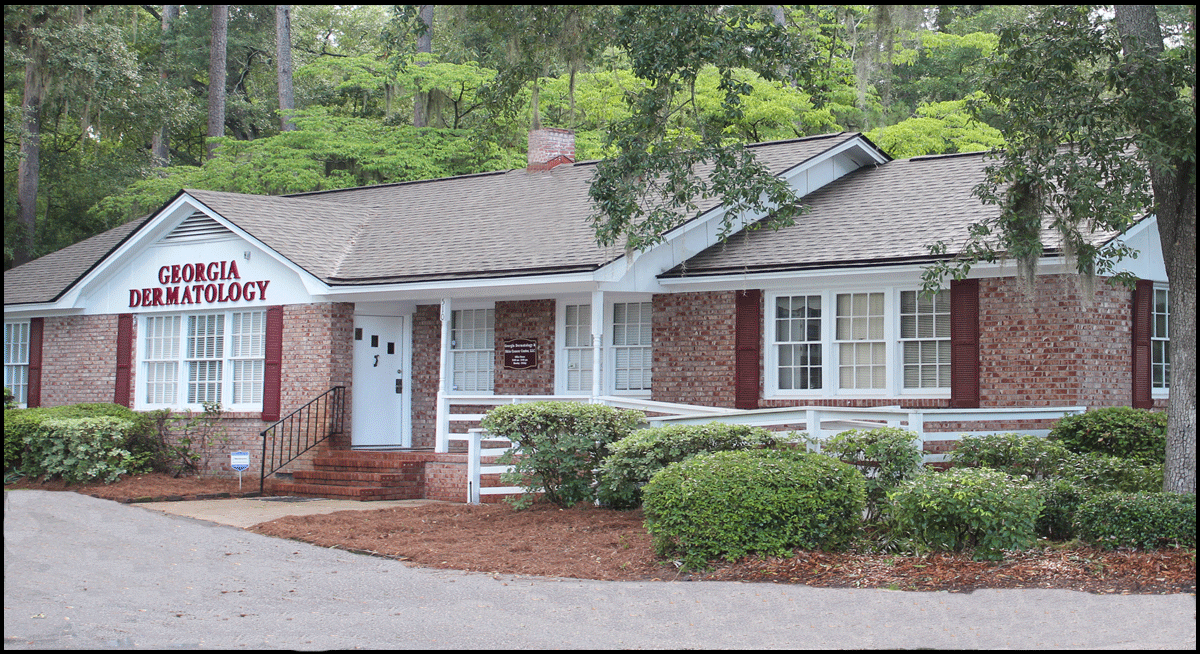An estimated two million new cases of skin cancer in the U.S. are projected each year. The most common skin cancers are basal cell carcinoma, squamous cell carcinoma, and malignant melanoma. With early detection and treatment, skin cancer is highly curable. Skin cancer is easily diagnosed with a skin biopsy. There are different treatment options for skin cancer including excisional surgery, cryosurgery (freezing), electro surgery (burning), radiation, prescription medications, and the specialized surgical technique of Mohs Micrographic Surgery. The Mohs surgery procedure has proven to be up to 99 percent effective for basal cell carcinoma and Squamous cell carcinoma, the most common types of skin cancer.
Mohs surgery, developed in 1938 by Dr. Frederic E. Mohs, is microscopically controlled surgery that involves the complete evaluation of the surgical margins for skin cancer removal. Mohs surgery is typically an office based procedure performed safely under local anesthesia, which reduces recovery time and has fewer side effects than general anesthesia. During Mohs surgery, the skin cancer is removed layer by layer and the tissue is processed at an on-site laboratory. The tissue slides are examined by the Mohs surgeon who performs the pathology services, all while the patient remains in the office. If more cancer remains, the Mohs surgeon removes more tissue precisely from only the area with remaining cancer and this additional layer of tissue is processed and microscopically examined. This process continues until all of the cancerous tissue is removed. Mohs surgery allows for the complete removal of the skin cancer, yet minimizes the removal of healthy tissue leaving the smallest possibly surgical wound. After Mohs surgery confirms that all of the skin cancer has been removed, the surgical defect is immediately ready for repair. There are several options for repair that include allowing the wound to heal on its own or surgically repairing the defect. Frequently, the Mohs surgeon also performs the reconstructive surgery with a sutured linear repair, skin graft, or skin flap. In some cases, the repair of the wound is performed by another surgical specialist.
Mohs surgery is appropriate and often the best treatment option for basal cell and squamous cell skin cancers that are located in cosmetically sensitive or functionally critical areas such as around the eyes, nose, lips, ears, face, scalp, hands, feet, or genitals. Additionally, Mohs surgery is appropriate for large, recurrent, aggressive, rapidly growing, and ill-defined skin cancers. However, Mohs surgery is not warranted for all skin cancers, particularly small or superficial skin cancers located on the trunk, arms, and legs. Determining the best treatment option for skin cancer involves careful consideration by the patients and the dermatologist or other skin care provider. The diagnosis of skin cancer can cause significant concern and fear for patients. Many times, the involvement of the cancer beneath the skin may be much more than meets the naked eye. If left untreated or if incompletely removed, the skin cancer can continue to progress and be disfiguring or even potentially life-threatening. Of the many treatment options for skin cancer, Mohs surgery is considered the “Gold Standard” because it offers the highest potential cure rate (99 percent for basal cell carcinoma and squamous cell carcinoma) and it offers superior cosmetic results by leaving healthy tissue intact. Mohs surgery is a highly effective advanced technique for the treatment of skin cancer that provides the patients with quick resolution, rapid recovery, and peace of mind.
Article written by Board Certified Mohs Surgeon, Richard James, MD.










